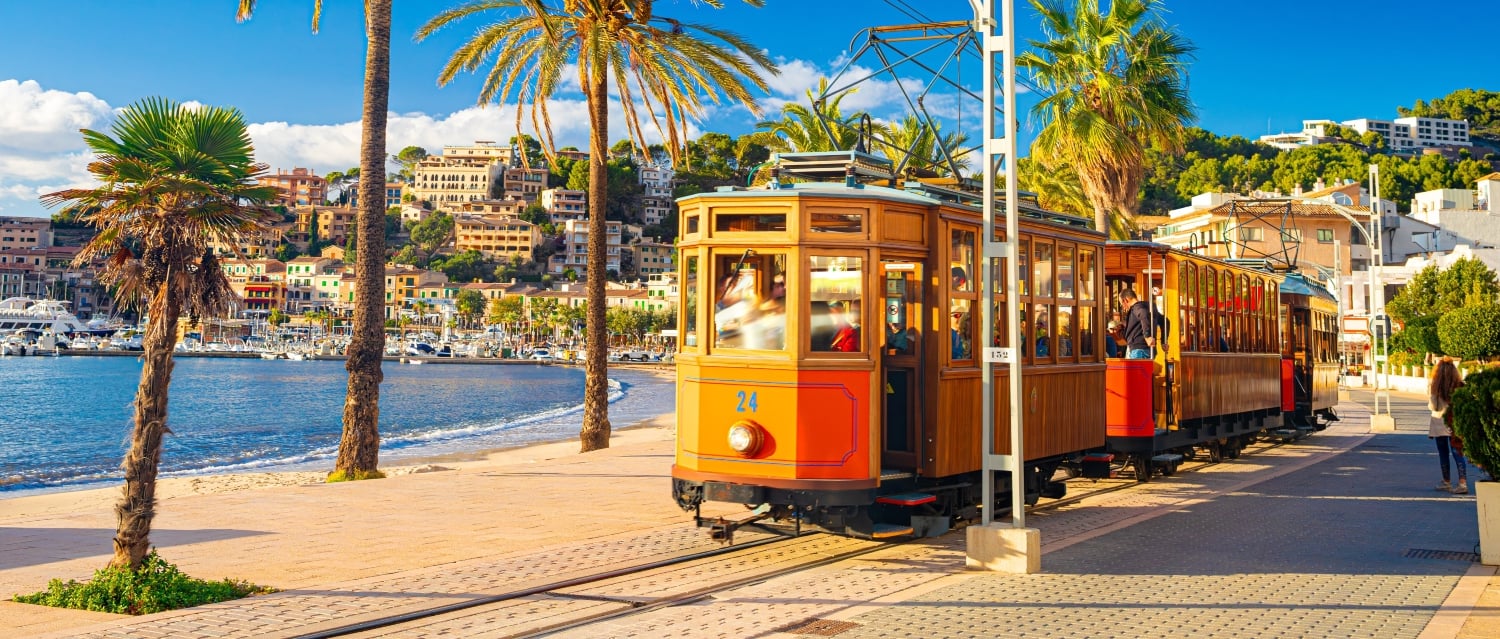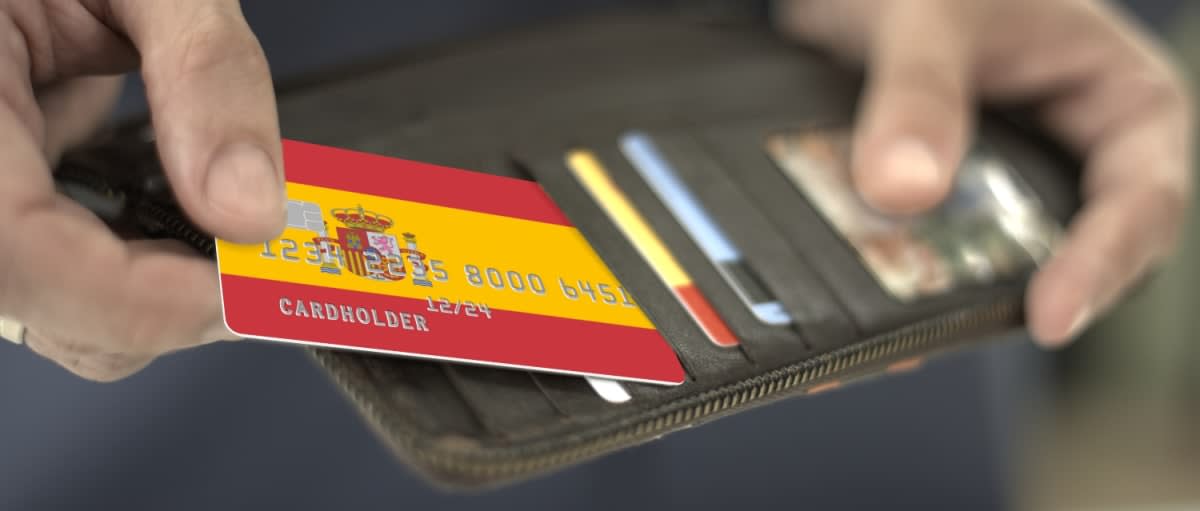Spain is one of the easiest countries in Europe to travel around. From high-speed trains to extensive motorways and modern airports, you’ll find plenty of options to get where you need to go. Here’s what you need to know about travelling and transport in Spain.
Once you move to Spain, you’ll quickly come to appreciate how well connected the country is. High-speed trains link major cities in just a few hours, motorways stretch across the country and reliable local buses and metros take the stress out of daily journeys.
With a bit of know-how about the rules of the road, parking systems and how to book the best-value train or bus tickets, getting from A to B is easy, leaving you to enjoy exploring every corner of Spain.
Download the Spain Buying Guide
Contents
Transport overview
Spain is extremely well connected both nationally and internationally. The country has over 16,000 kilometres of train tracks, 17,000 kilometres of high-capacity roads and 59 airports, many of which offer flights to the rest of Europe and beyond. Spain’s ports provide vital links to Africa and other parts of Europe, making the country an important transport hub.
Until recently, many motorways were toll roads, but most are now toll-free (although the government has announced plans for a new payment system in the future).
Cars in Spain are classified by their emissions, shown on a coloured sticker displayed on the windscreen. Older vehicles with higher emissions can face restrictions in city centres, while newer, cleaner cars have greater access. You can buy the sticker at a post office (oficina de correos) for around €5.
Driving in Spain
Driving in Spain is straightforward, but you’ll need to adjust to local regulations. The most important thing to remember is that you drive on the right!
Seatbelts are compulsory in the front and back, and you must carry documents such as your driving licence, proof of insurance, road tax receipt and MOT (ITV) certificate at all times. Cars must also carry reflective jackets, warning triangles (which are gradually being replaced by flashing lamps), and a spare tyre.
Driving regulations
Traffic laws are enforced strictly, and fines are common for speeding, drink driving and using a mobile phone at the wheel. Speed cameras are widespread, and penalties can include on-the-spot fines for foreign drivers.
| Road type | Speed limit |
|---|---|
| Motorways (autopistas) | 120kph / 75mph |
| Dual carriageways (autovias) | 100kph / 62mph |
| Main roads (carreteras) | 80kph / 50mph |
| Urban areas | 30-50kph / 19-31mph |
Roads and parking
Road standards in Spain are generally excellent, with poorer quality roads usually only found in rural areas.
Parking rules vary by town: in some places, you must change sides of the street depending on the date or week. Signs indicate restrictions, and many small towns use blue pay zones and white free zones. Larger towns and cities usually have underground car parks with electronic signs showing availability. Always check carefully – regular fines can result in licence points as well as financial penalties.
Public transport in Spain
Spain has an excellent public transport network, including modern trains, metro systems, buses and taxis. Services are affordable, efficient and widely used by residents. Smoking on public transport is prohibited, and health rules sometimes apply (such as masks during COVID).
Trains
Most trains are operated by RENFE, the national railway. If you are over 60, you are entitled to a tarjeta dorada card, which gives you a 25-40% discount on fares.
The high-speed AVE network connects Madrid with Barcelona, Seville, Málaga and Valencia. It also links Barcelona to Paris in around 5.5 hours.
Other services, such as AVLO and OUIGO, offer more affordable options for long-distance travel.
Regional trains (cercanías and media distancia) and local services cover the rest of the country.
Metro
Madrid, Barcelona, Málaga, Bilbao, Seville and Palma de Mallorca have metro systems, which are modern, safe and easy to navigate.
Buses
Intercity buses are run by companies such as ALSA and SARFA, with routes covering most of Spain. They are comfortable and air-conditioned. A return trip between Madrid and Barcelona typically costs €24-€40, depending on the time and date. City bus services are frequent and cheap, although rural services can be irregular.
Taxis
Taxis operate in all towns and cities, with regulated fares and meters. Long airport journeys can be expensive, so it’s often better to pre-book or arrange a transfer through hotels or rental providers. Ride-hailing apps are also becoming more common in major cities.
FAQs about getting around Spain
For long distances, the high-speed AVE trains are the quickest and most comfortable option. For shorter trips, regional trains, buses and driving are all convenient. In cities, metro systems are usually the fastest way to move around.
Most metro and bus systems use rechargeable travel cards, available from machines and kiosks. Train tickets can be bought online, at stations or through mobile apps. Contactless bank cards are widely accepted in cities.
Buses are usually the most affordable way to travel long distances, while trains offer good value if booked in advance. Within cities, multi-trip travel cards can save money compared to single fares.
You might also like:









